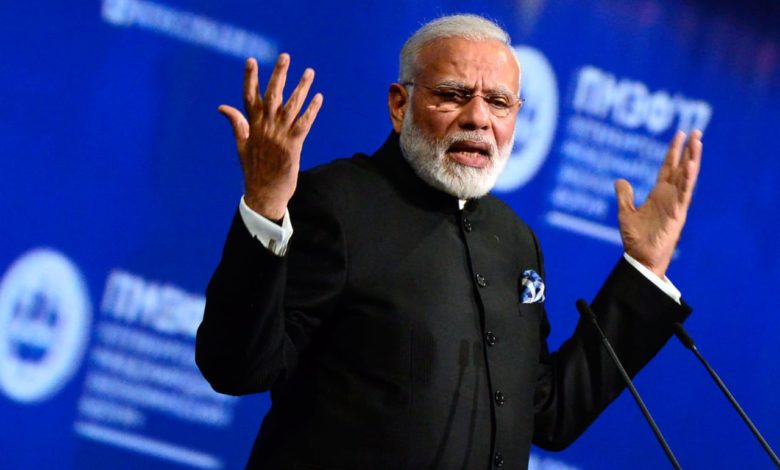
Ashraf AboArafe
While delivering the ‘National Statement’ at the COP26 Summit in Glasgow on 01 November 2021, Prime Minister Narendra Modi underlined India’s approach to the global challenges of climate changes. PM Modi articulated five major goals, that he called ‘Panchamrit’- literally meaning five elixirs- as he set out ambitious targets for India at Glasgow.
2. Today, India is on track to achieve its goals under ‘Paris Agreement’ by reducing carbon footprint. Of the three commitments India had made under the Paris Agreement, one related to creation of 2.5 billion to 3 billion tonne of carbon sink through afforestation efforts. The other two related to reduction in carbon intensity, and increasing the proportion of renewable sources in India’s total electricity generation, both of which have now been enhanced. At present, India is ranked number four in the world in installed renewable energy capacity and seeks to achieve a target of 175 GW by 2022. The target seems to be in sight with over 150GW already installed and another 27 GW under tendering. India has already installed 46 GW of Solar, 40 GW of Wind and 10.17 GW of biogass and 46.5 GW of Hydro.
3. India is also working to achieve 20 percent Ethanol blending in petrol by 2025 with an ultimate goal to have 100 per cent ethanol-run vehicles. Some other initiatives such as setting-up of 5000 compressed bio-gas plants to convert municipal and agriculture waste into energy, use of energy-efficient LED bulbs, promotion of electric vehicles (EVs), promotion of liquefied Natural Gas (LNG) as clean fuel, increased cooking gas coverage and affordable transportation initiative, have also contributed towards emission reduction.
4. Addressing the COP26 Summit, PM Modi has announced that India would enhance its non-fossil energy capacity to 500GW by 2030 and would meet 50 percent of its energy requirement from renewable energy, by 2030. PM Modi also announced that India would make reduction of one billion-tonne in projected emissions from now until 2030. In addition, India’s emissions intensity or emissions per unit GDP will be reduced by at least 45 percent by the year 2030 from the 2005 levels. PM Modi also accepted global demands to agree to a net-zero emissions target, by setting 2070 as the deadline to achieve it.
5. PM Modi has also drew attention to India’s initiatives such as ‘International Solar Alliance’ (ISA) – with 80 countries already signing the ISA Framework Agreement – for environmental protection and ‘Coalition for Disaster Resilient Infrastructure’ as strategy for the climate adoption. Indian Railways is also expected to achieve the ‘Net Zero’ emission target by 2030 thereby, reducing emission by 60 million tonnes per year. He also spoke of “LIFE”, acronym for “Life Style for Environment”. PM Modi called for adopting a environment conscious life-style, a life-style mindful of and based deliberate utilization instead of mindless and destructive consumption. PM Modi emphasized the need for greater climate financing by the developing countries by seeking finances of upto US$ 1 trillion and sought transfer of low cost climate technololgies.
6. India continues to deliver on its Paris commitment and with the key announcements by PM Modi at Glasgow COP26, India is set to infuse new energy in a climate protection process that were in need of more ambitious actions.




